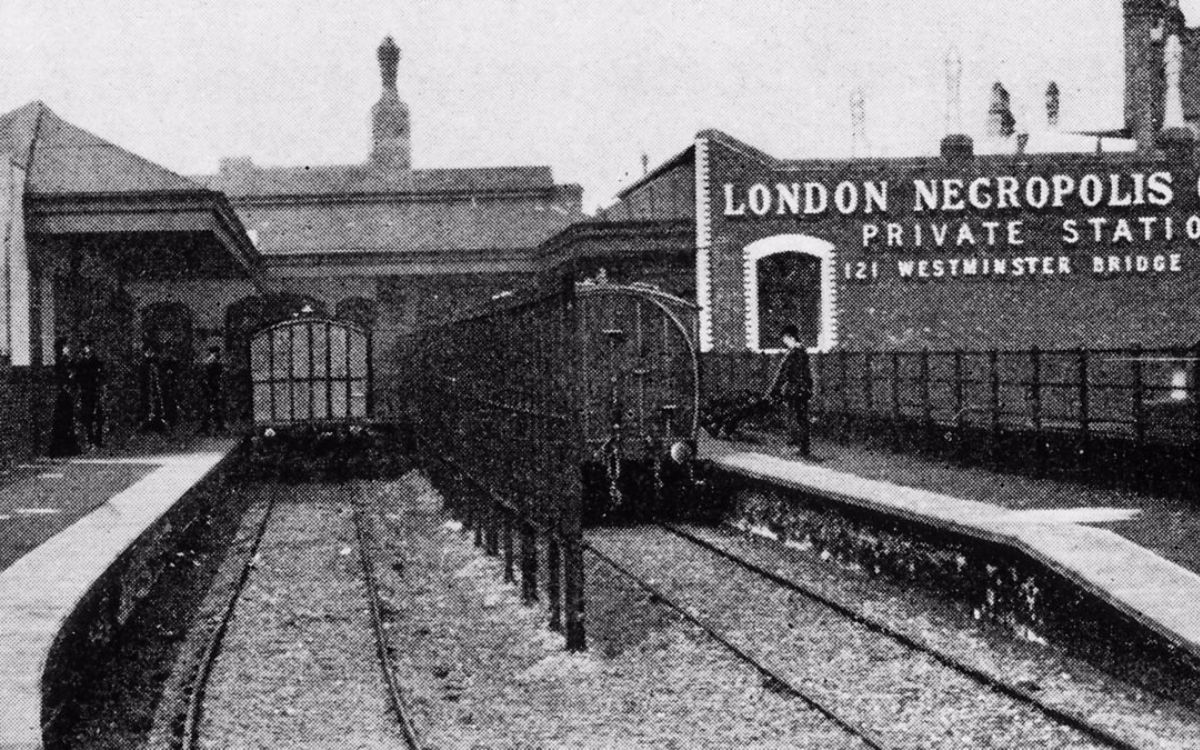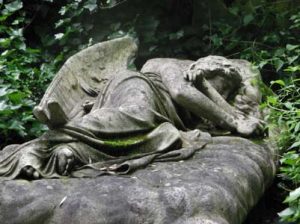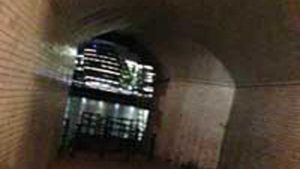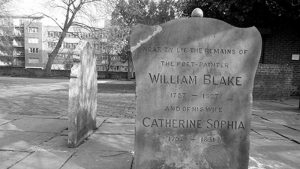Coffins, mad doctors, gruesome murders, werewolves and Martian invaders, Waterloo Station in London has it all, says David Turnbull
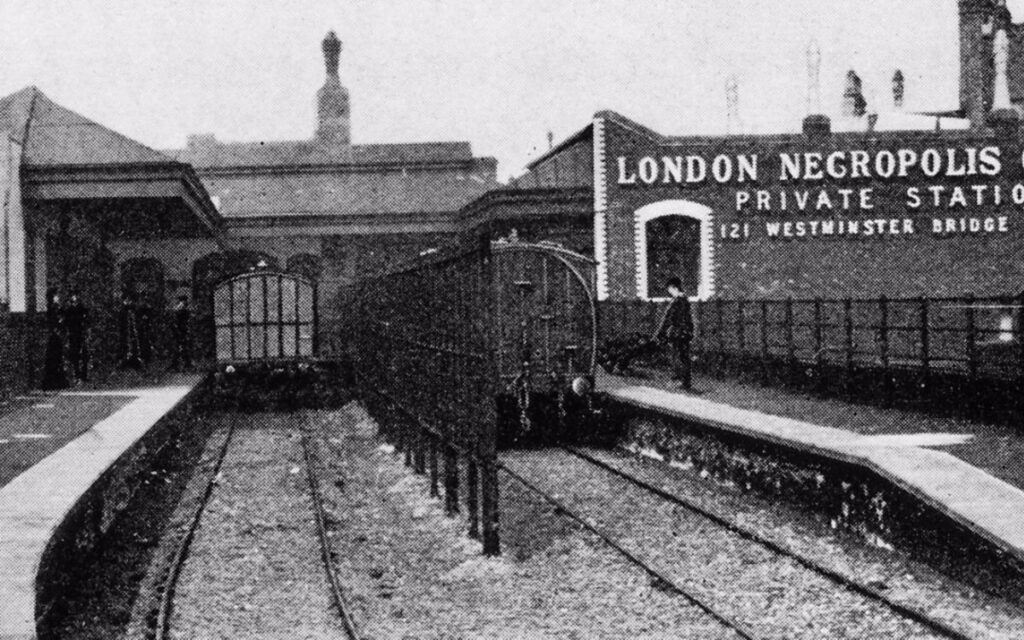
Ray Davies, in the lyrics of his iconic 60s pop anthem, Waterloo Sunset, summoned up the imagery of millions of people who are swarming like flies around Waterloo Underground. That imagery is as true today as it was half a century ago when the song was first a hit for the Kinks.
Waterloo, on the south side of the river Thames, is London’s largest and busiest station. Three major tube lines run into the station – Northern, Bakerloo and Jubilee. It is also home to London’s shortest underground route, the Waterloo and City Line, which runs back and forth to a single station at Bank.
Waterloo’s mainline station has more platforms than any other terminus in London, servicing trains from both South Western and Southern Rail. Waterloo East, a separate station, adjoining Waterloo mainline by a footbridge which spans Waterloo Road, services trains from South Eastern Rail. This all makes for a huge number of passengers arriving or departing from the station. 41 million in 2022 according to official figures.
The station dates back to 1845 when it was constructed to replace a smaller terminus at Nine Elms in Vauxhall, near to where New Covent Garden Fruit and Vegetable Market sits today. It is named after the original Waterloo Bridge, designed by John Rennie and opened in 1807. Intended to be called The Strand Bridge, the name was changed to mark Wellington’s victory over Napoleon at Waterloo.
Waterloo, the Necropolis Railway of the Dead opens
A decade after the main station opened Waterloo became the departure place for London’s dead. Opened in 1854 the Necropolis Railway was the solution to overcrowding and unsanitary conditions in London’s cemeteries. A situation which had also led to a lack of security, with coffin decorations, entire coffins, and, occasionally, corpses, being at risk of theft. By the mid-19th century various cholera, typhoid and smallpox epidemics had increased the city’s death toll to such an extent that it was impossible to dig new graves in many cemeteries without having to exhume an existing burial plot.
The solution lay in a new cemetery at Brookwood in Surrey twenty-three miles from London and the utilisation of the South Western rail network to transfer both coffins and mourners there by train. The Necropolis station entrance was situated in York Road and coffins were delivered to the tunnels under Waterloo, which today form the Leake Street Arches, a living street art gallery launched by graffiti artist Banksy in 2008.
The coffins were transported up to the platforms by a hydraulic system. The waiting rooms could be utilised for funeral services, and, in true Victorian style, you could have your loved one transported in a First – Second – or Third Class carriage, depending on your social standing. Ironically one of those who departed Waterloo on a final journey to Brookwood cemetery was Robert Knox, the disgraced Edinburgh surgeon, who had fled to London some years earlier after being embroiled, as the procurer of illicit corpses, in the notorious Burke and Hare grave robber scandal.
Trains arriving at Waterloo have been the scene of two gruesome murders.
In 1897 a young man, who was waiting on the concourse for the arrival of his fiancée, Elizabeth Camp, reported her missing when she didn’t disembark with other passengers. A cleaner found her mangled body in one of the carriages, bludgeoned to death with a blunt instrument, her bloodied head wedged under one of the seats. The police followed a line of enquiry leading to the arrest of a prime suspect who was subsequently released, leaving the murder unsolved to this day.
Worse was to come in 1935 when another cleaner found a brown paper package stuffed beneath the seats. He took these to the station’s lost property office where, to the horror of himself and the clerk, the parcel was revealed to contain a pair of cleanly severed human legs. A month later a human torso, deemed by pathologists to be part of the same body, was found floating in the Grand Junction canal at Brentford. The identities of both victim and murderer remain unknown almost a century later.
Horrors Films of Waterloo
Two horror movies have storylines which commence with trains departing from Waterloo.
Horror Hospital was released in 1973. It was directed by Anthony Balch and starred Robin Askwith, famous at the time for bawdy comedy films such as Confessions of a Window Cleaner. Askwith plays a jaded songwriter who is persuaded by his agent to spend some time at a hospital near leafy Brockenhurst run by Doctor Storm.
On the train journey from Waterloo, he meets Judy, played by Vanessa Shaw, who is also travelling to spend some time at the hospital. Soon they find themselves embroiled in the Doctor’s gruesome plot to lobotomise and brainwash hippies into becoming model citizens. The film opens as it intends to continue with two blood-soaked patients being decapitated while attempting to escape the hospital grounds.
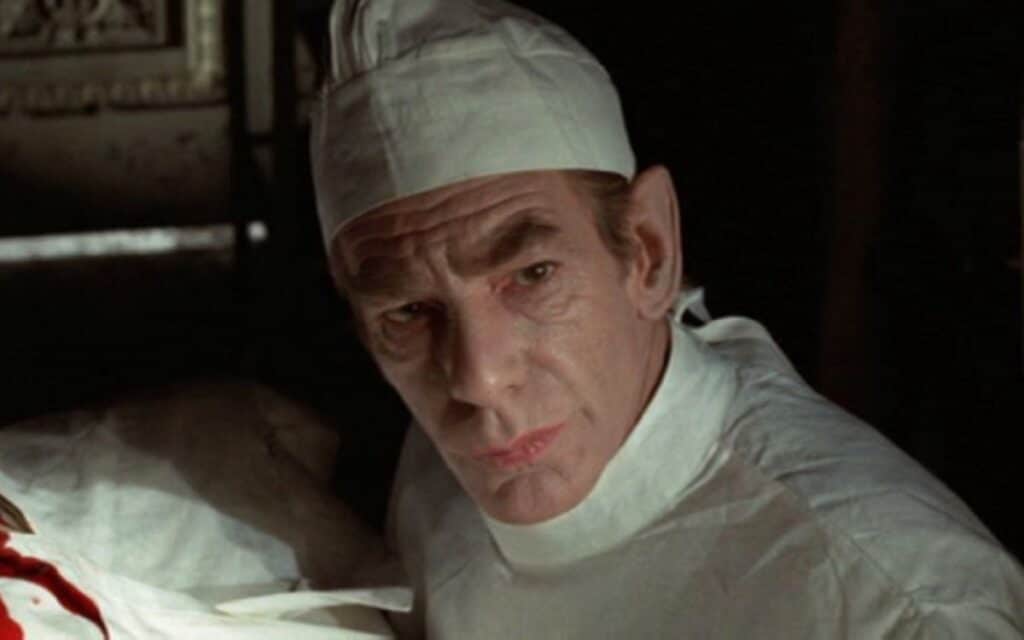
The plot may well have been inspired by real events. At the time, in the early 70s, psychological experiments, sanctioned by the government, were being carried out on women suffering from conditions such as depression and anorexia at the Royal Waterloo Hospital just across from the station. Performed by Doctor William Sargant, who was at the time in the employ of the NHS, electric shock therapy was a standard practice, and patients were regularly taken to what was known as the sleep ward where they would be placed into drug induced comas for weeks on end.
Howl is another movie that starts with a train departing from Waterloo. Made in 2015 and directed by Paul Hyett, it stars Sean Pertwee as the train driver and Ed Speleers as the guard. They work for the fictional Alpha Trax train company. Their train leaves Waterloo at midnight and, as it trundles into the night, it is forced to stop when it hits a deer in a heavily wooded area.
Pertwee is attacked and brutally slain when something monstrous comes at him out of the darkness while he is attempting to remove the mangled corpse of the deer from the tracks. The crew and passengers subsequently find themselves trapped inside and under siege as a pack of ferocious werewolves assail the train, picking everyone off one by one.
Waterloo station also features quite a bit in HG Wells’ classic alien invasion novel War of the Worlds. One chapter sees the narrator’s brother witnessing huge numbers of troops and artillery departing Waterloo, bound for Woking and other parts of Surrey in a futile attempt to halt the advance of the three-legged Martian war machines.
Volume II of the steampunk graphic novel series, League of Extraordinary Gentlemen, written by Alan Moore and illustrated by Kevin O’Neill, reimagines The War of the Worlds.
In one sequence Mina Murray (Dracula) and Allan Quatermain (King Solomon’s Mines) depart by steam train from Waterloo on a mission to track down another HG Wells character, Doctor Moreau, who is in possession of a biological weapon which may be able to wipe out they aliens. They find themselves in an area known as Nutwood, and here they encounter one of the Doctor’s monstrous creations. A grotesquely saw toothed and terrifying version of Rupert the Bear, resplendent in tartan trousers and scarf.
Coffins, mad doctors, gruesome murders, werewolves and Martian invaders. If you are ever on the concourse at Waterloo, take care which train you board. You never know what your destination could be, or what you might encounter upon arrival.
David Turnbull is a writer of short fiction, with stories published in many magazines and anthologies. His near future horror novella HUSks can be found here. His blog “Things That Go Bump in My Mind” connected to the anthologies of the Fiction4All imprint Gravestone Press can be found here.

